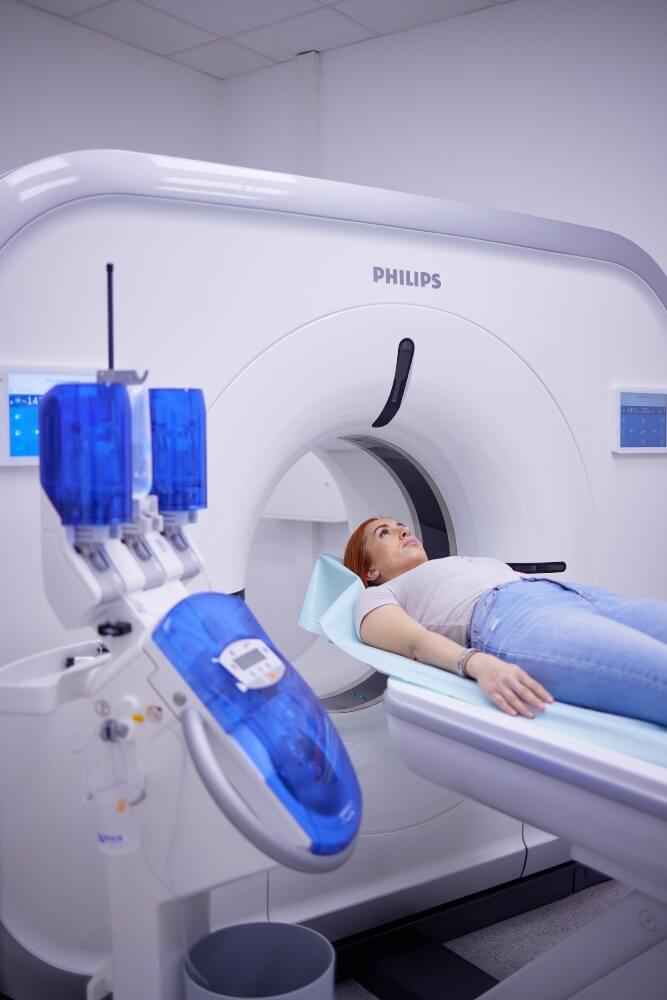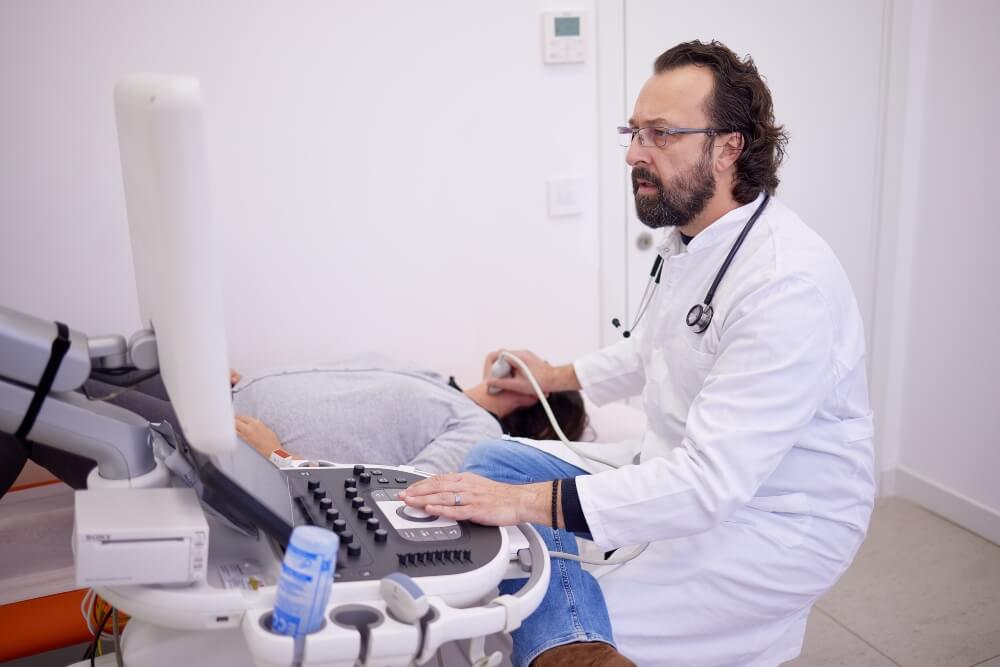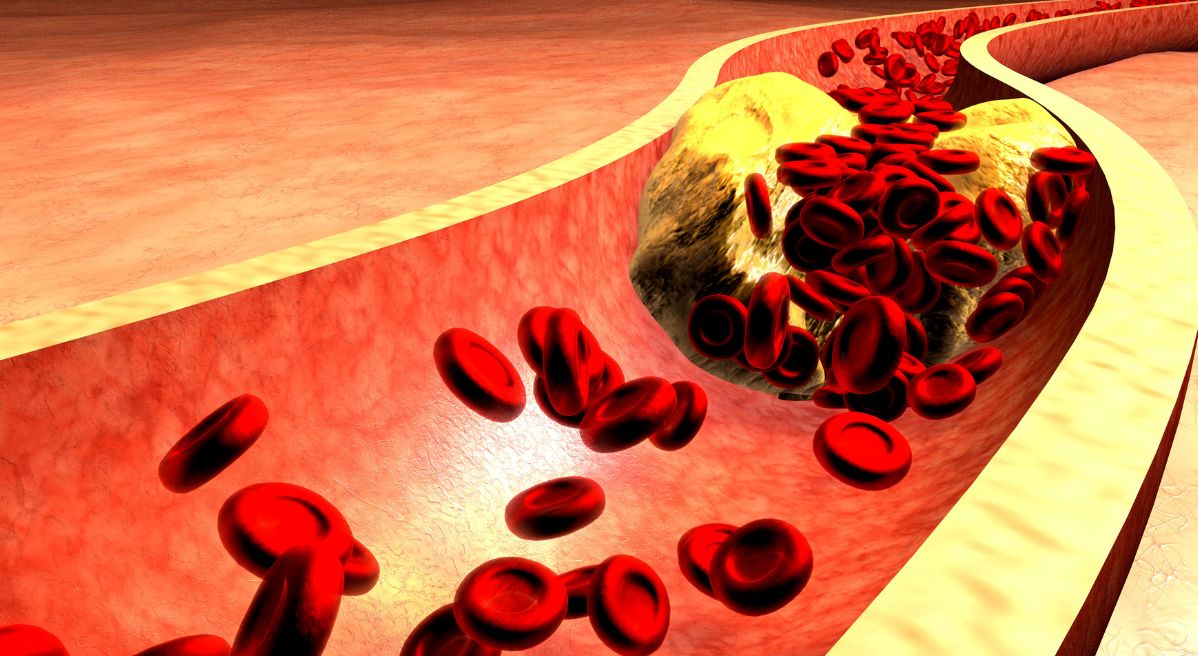When there is suspicion that something is wrong with the blood vessels, the most effective method for diagnosing problems is CT angiography. If you need CT angiography of blood vessels in Belgrade, you will find the best clinics where this procedure can be performed.
At Pulse Cardiology Center, we use state-of-the-art CT scanner to obtain the best and most precise images. Additionally, you won’t have to wait long because we will accommodate your schedule and quickly schedule an appointment that suits you!
Before undergoing any diagnostic procedure, it is helpful to have a general understanding of it so that you can go for the examination without fear of the unknown. For this reason, we will provide you with information about methods for examining blood vessels, particularly CT angiography, as it is a key and highly accurate technique.
Who needs to undergo examination of blood vessels?
Patients who have symptoms indicating any problems with the blood vessels are referred to this type of examination.
Problems with blood vessels include:
- Blockage
- Thrombosis
- Enlargement
- Rupture
- Folding
- Formation of aneurysms
- Injuries to blood vessels of any kind
- Congenital anatomical anomalies
In addition, patients who are undergoing treatment or have undergone any intervention on their veins to manage their condition may be referred for a blood vessel examination.
Methods for examining blood vessels
Depending on the patient and their condition, the doctor may recommend methods such as Doppler ultrasound of the blood vessels or CT angiography.
Very often, the first diagnostic method that a patient undergoes is Doppler ultrasound of the blood vessels. If any issues or uncertainties are identified during this examination, further recommendation may include CT angiography.
What is Doppler ultrasound of blood vessels?
Doppler ultrasound of blood vessels involves the use of ultrasound to examine the blood vessels, with the added utilization of the Doppler effect to obtain more precise results in monitoring blood flow velocity.
This method is painless, non-invasive, and safe, allowing for multiple repetitions without the risk of adverse effects.
There is no specific preparation required for the procedure. The process is straightforward and not unpleasant.
The doctor places the ultrasound probe on the specific area of the body where the targeted blood vessel is located. The anatomy of the blood vessels and the velocity of blood flow are observed on the screen in the examination room, allowing the doctor to quickly identify any issues, such as:
- Initial thickening of the blood vessel walls
- Narrowing or widening of the blood vessel
- Presence of plaques
- Thrombosis
What is CT angiography?
CT angiography involves the imaging of blood vessels using a CT scanner and a contrast agent. This method provides detailed images that can provide information about the presence of:
- Blockages in blood vessels
- Aneurysms
- Blood clots
- Congenital anomalies
- Rupture of blood vessels
- Tumors
- Injuries
- Plaques
- Problems in the connection of blood vessels
In addition, this method is important for planning interventions (such as bypass surgery), monitoring treatment effects, and evaluating arteries that supply tumors, among other applications. It is possible to image all blood vessels using this technique, although typically only specific areas are imaged based on the patient’s specific condition or concerns.
It is possible to perform CT angiography at our facility for the following areas:
- Brain
- Heart
- Chest
- Neck
- Abdomen
- Pelvis
- Legs and feet
- Arms and hands
How CT angiography is performed?

CT angiography is not a diagnostic method that you should be afraid of. Although the procedure involves the use of X-rays since it is performed on a CT scanner, the amount of radiation is strictly controlled to ensure a smooth and safe process. Modern CT scanners, like the one we use, have dose control and radiation scatter control methods to minimize the risk of radiation exposure.
Before the scan, a small intravenous catheter is inserted into the patient’s vein through which a contrast agent is administered. The contrast agent is important for obtaining high-precision and high-quality images. If you have any allergies to substances used in the contrast agent, it is important to inform the doctor. This does not necessarily exclude you from undergoing the scan; you may just need to take medication to manage the allergy during the procedure.
The contrast agent may not be suitable for individuals with severe allergic reactions to its components or for patients with serious kidney conditions, as the contrast agent is eliminated from the body through the kidneys.
During CT angiography, the patient lies on a bed surrounded by the scanning machine. The machine is in the shape of a ring and is not deep, so it should not cause a feeling of claustrophobia. The only potential discomfort may come from the noise of the machine, but keep in mind that it is normal, so try to relax. When the technician injects the contrast material through the intravenous line, you may feel a warm sensation, but it should not cause any discomfort.
During the CT scan, you will be alone in the room, but you will be in constant communication with our team members who are monitoring the scan. The scanning itself doesn’t take long, usually just a few minutes. The preparation for the scan may take longer as we need to position and prepare the patient. After the scan, it is necessary to stay for a little while until a member of our team confirms that the images are of good quality and that the CT angiography was successful.
You won’t have to wait long for the results and their interpretation. Our radiologists will analyze the images promptly and provide you with further instructions to follow.
How to prepare for CT angiography?
The preparation is not complicated, but it is crucial to inform the doctor about important details regarding your health condition, illnesses, medications, and similar information. It is especially important to mention if you are pregnant or breastfeeding. Pregnancy and breastfeeding do not necessarily prevent you from undergoing this scan, but the final decision should be made by a medical professional.
Children, for example, are rarely subjected to this imaging method because they are more sensitive to radiation than adults. However, if it is necessary, there are ways to make the scan more comfortable for children and individuals who require it. It is possible to administer sedatives to children and those who need them to ensure a quick and successful scan.
To obtain high-quality images, it is crucial to remain extremely still and follow the instructions of the technician. Before the procedure, blood tests may be required to assess the condition of your kidneys, and it is important to highlight any allergies to contrast material. Some medications may need to be temporarily discontinued before the scan, but you should discuss this with your doctor personally to receive appropriate guidance.
Diseases of the blood vessels are extremely dangerous and potentially fatal, so we must not neglect them. It is best to undergo regular preventive examinations to detect any problems at an early stage. By the time you start experiencing symptoms of vascular issues, the disease has already progressed, and serious, often lifelong treatment and interventions may be required.
Blood must circulate throughout the entire body for it to function properly. Therefore, do not ignore your blood vessels and make an appointment for an examination with our specialists.






